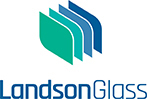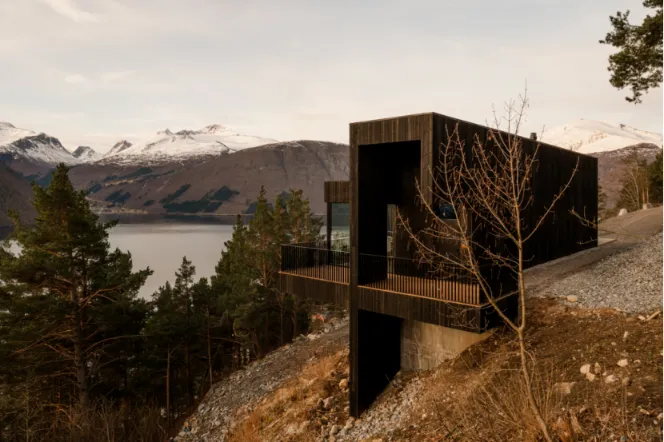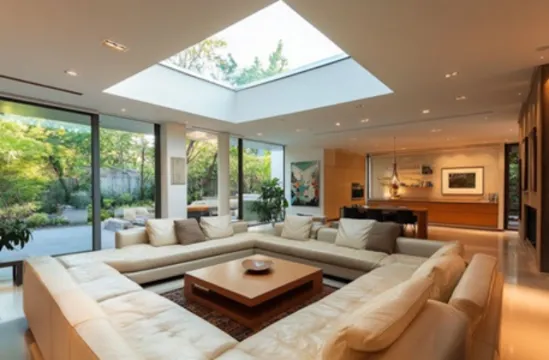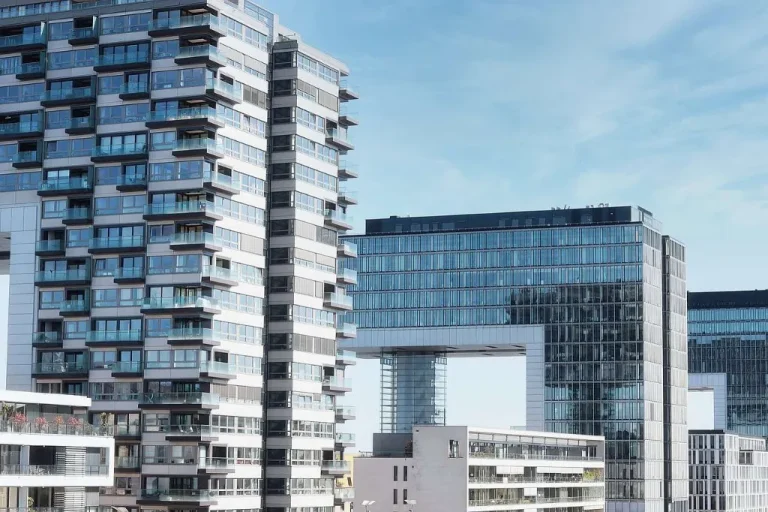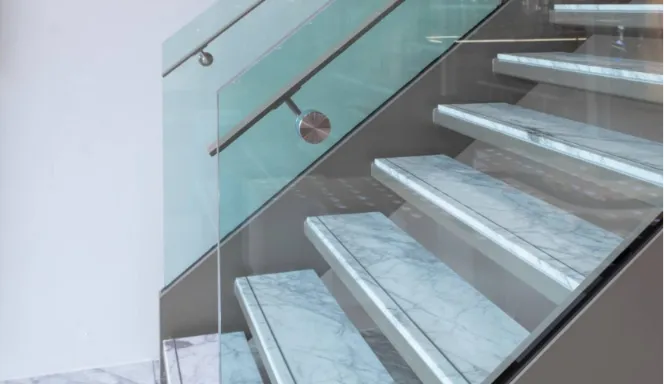Norwegian mountain homes often sit in rugged spots with harsh weather. Glass windows transform these places. They bring in light and views while keeping the cold out. This article shares key info on glass types and designs that fit right in.
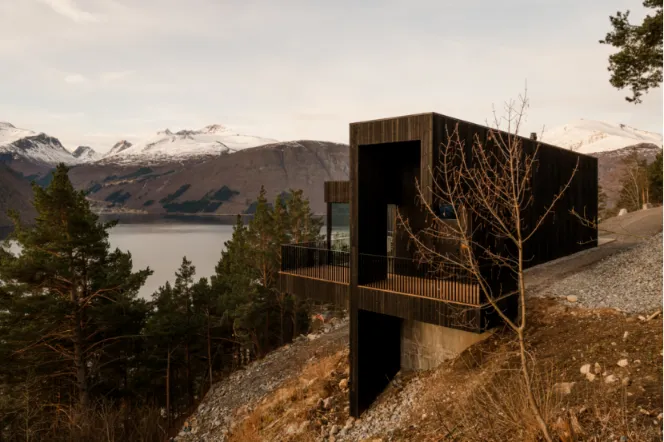
The Beauty and Functionality of Glass Windows in Norwegian Mountain Homes
Glass windows do more than let light in. They blend the indoors with the wild outside. In Norway’s mountains, where snow piles up and winds howl, these windows create cozy spots. Folks wake up to fjords or peaks right there. It’s practical too. Good glass cuts down on drafts.
Why Glass Windows Are Ideal for Mountain Homes
Natural light maximization happens with big panes. Sun streams in during short winter days. That boosts moods and saves on electric lights. Plus, it warms rooms naturally. Connecting indoor spaces with nature is key. Walls of glass make living rooms feel part of the landscape. Birds fly by, trees sway, all from the couch.
Sometimes, though, fog rolls in and blurs everything, but that’s just mountain life.
The Role of Glass in Capturing Breathtaking Views
Panoramic mountain views come alive through floor-to-ceiling windows. Imagine sipping coffee while staring at snow-capped ridges. Creating open, airy living spaces follows. Glass eliminates barriers. Rooms expand visually. Even small cabins seem huge.
Key Glass Types for Norwegian Mountain Homes
Different glasses handle Norway’s cold snaps and strong gusts. Choices range from basic to advanced. Each type has strengths.
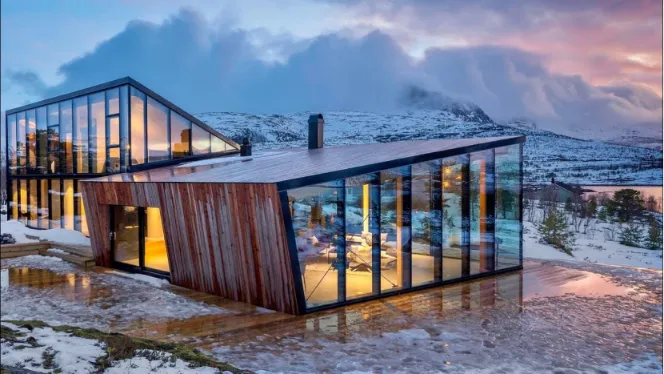
Double Glazed Windows for Insulation
Double glazed units, or IGUs, consist of two panes with air or argon in between. Benefits for harsh winters include better heat retention. Cold stays out. Energy efficiency and warmth retention shine here. They reduce heat loss by half compared to single panes. In Norway, where temps drop low, this matters.
Insulated glass units are also known as double glazed units or triple glazed units, separated by air or argon filled space to cut heat transfer.
Silk screen frit glass prints ink on glass surface, then dries and toughens, making it scratch, acid, and alkali resistant. Can be used in laminated or IGU setups.
Triple Glazed Glass for Extreme Cold
Triple glazed adds a third pane. Enhanced insulation and noise reduction come standard. Winds whistle less inside. Ideal for sub-zero temperatures. These hold heat even in blizzards. Sound from avalanches or traffic fades away.
Low-E Glass for Energy Efficiency
Low-E coatings reflect heat and UV rays. They keep warmth inside during winter, cool in summer. Reflecting heat and UV rays protects furniture from fading. Cost-effective for temperature control. Bills drop noticeably.
In mountain areas, sun can be intense at high altitudes, so this glass helps balance things.
Toughened and Laminated Glass for Safety
Toughened glass, or tempered, gets treated with heat or chemicals for strength. Durability and safety in mountainous areas are top. It breaks into small pebbles, not shards. Wind and snow resistance improve. Laminated holds together if shattered, thanks to interlayers like PVB.
Landson Glass’s laminated glass uses PVB interlayers, acoustic options, and comes in thicknesses from 9.52 to 33.04mm. It’s compliant with Australian, New Zealand, and European standards. Glass types include clear, tinted, low E, acid etch.
Ceramic fritted tempered glass is manufactured by screen-printing ceramic frit enamels onto float or low iron glass, then toughening or heat strengthening. This fuses the ceramic into the surface permanently, capable of withstanding temperature differentials up to 250°C. Toughened glass puts outer surfaces into compression and inner into tension, making it stronger than normal annealed glass.
Design Considerations for Glass Windows in Mountain Homes
Design ties function with looks. Frames and shapes matter a lot.
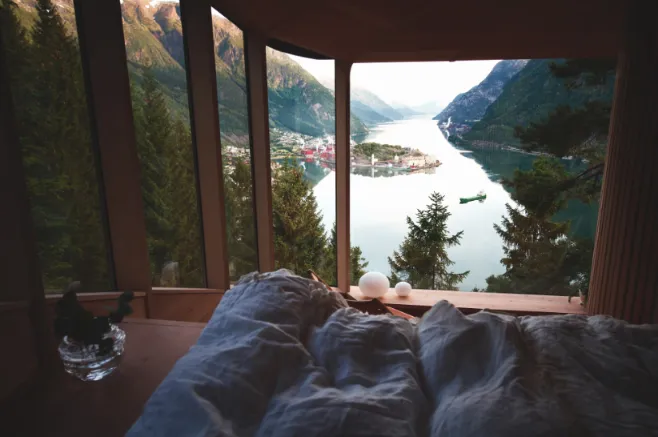
Framing Options for Aesthetic and Durability
Wooden frames give a rustic feel, blend with log cabins. Metal ones last in wet conditions. Composite frames mix benefits. Enhancing the home’s style and structure follows. Wood insulates well but needs upkeep.
Custom Glass Sizes and Shapes for Unique Homes
Tailoring glass solutions to architectural styles allows curves or angles. Maximizing views with large glass panes works best. Sizes up to 3210 x 5100mm are possible, per Landson Glass service range. Multi-laminated options, silkscreen patterns, digital prints, edgework, drilling for holes and cutouts available.
Leadtime 2-3 weeks ex-factory, packaging in timber end caps or crates.
The Importance of Energy Efficiency in Norwegian Mountain Homes
Energy efficiency saves money and the planet. Glass plays a big role.
How High-Quality Glass Reduces Heating Costs
Role of glass in maintaining indoor temperatures is crucial. Insulated units trap heat. Less furnace time needed.
Sustainable Glass Options for Eco-Friendly Homes
Green building standards push for eco-friendly materials. Low-E and recycled glass fit. They cut carbon footprints.
Maintenance and Care for Glass Windows in Extreme Weather
Upkeep keeps windows performing. Snow and ice challenge them.
Keeping Glass Clean and Clear in Snowy Climates
Tips for preventing ice buildup include gentle scraping. Warm water helps sometimes. Avoid harsh chemicals.
Decorative glass like ceramic fritted is scratch resistant and colorfast, non-porous, non-toxic.
Regular Inspections and Repairs
Ensuring the longevity of glass windows requires checks for seals. Fix cracks quick.
Versatility and colorfastness make such glass ideal for interiors and exteriors.
Why Choose Landson Glass
Landson Glass specializes in providing top-notch glass for mountain homes, ensuring both aesthetic appeal and high performance in extreme climates.Whether you’re looking for large panoramic windows or specialized glazing for energy efficiency, Landson Glass offers tailored solutions to meet your specific needs.
Landson Glass focuses on eco-friendly and energy efficient products that help reduce heating costs and contribute to sustainable building practices in Norway.
FAQ
Q1:What glass type best suits Norwegian winters?
Triple glazed for top insulation.
Q2:How does laminated glass improve safety?
It holds together when broken due to interlayers.
Q3:Are custom sizes available?
Yes, up to large dimensions with various processing.
Q4:What’s Low-E glass?
Coating that reflects heat and UV for efficiency.
Q5:Can tinted glass help with views?
Tinted reduces glare while keeping clarity.

